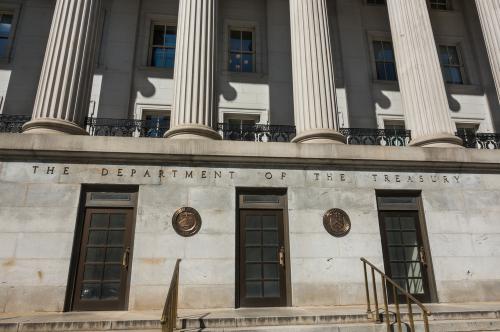The U.S. unemployment rate dipped to 7.2% in September, the lowest rate since November 2008. The composition of the unemployed differed significantly in the two months, however. In November 2008 the median duration of an unemployment spell in progress was a bit less than 10 weeks. In September of this year it was 16.3 weeks. Just 21% of the unemployed in November 2008 had been out of work for 6 months or longer. This September about 37% of the unemployed had been jobless that long. The longer spells of unemployment combined with cutbacks in the duration of unemployment benefits over the past two years mean that many more of the unemployed face acute financial hardship.
One of the most striking differences between the two months is the sharp decline in labor force participation. In November 2008 the adult participation rate was 65.9%. By last month it had dropped to just 63.2%, a fall of 2.7%. The “missing” labor force participants number about 6.6 million adults. Not all of these missing participants would rejoin the labor force if the nation were to return to full employment by the end of the year. I estimate that an aging U.S. population has reduced the participation rate to about 64.5%, even assuming we had full employment. Of course, this still means the labor force is missing about 3.4 million adults who would have been employed or looking for work if the nation enjoyed full employment.
Many of the missing participants are young adults who have postponed entering the workforce or stopped seeking work as a result of their poor job market prospects. In contrast, Americans past age 60 have seen increases in their labor force participation and employment rates. Employment and participation rates in these older age groups are higher than they were before the recession began. Since the economic recovery began, weakness in the job market has primarily been reflected in low rates of net job creation. Until the government shutdown on October 1, layoff rates were low to moderate. Voluntary quit rates, though rising, have remained at unusually low levels. This leaves comparatively few vacancies for young labor force entrants to fill. Older workers, on the other hand, have the option of remaining in their jobs. Many of them are choosing this option, and both employment and participation rates among the aged have edged up during the recovery.
Job gains continued at a moderate pace in September. The employer survey shows employment gains totaled 148,000, close to the average rate of gain in the previous three months. (Revisions in estimated employment gains in July and August were largely offsetting.) Since December 2009 the employer survey shows job gains of 6.92 million, or about 154,000 a month. While we have seen a dropoff in monthly employment gains since the start of the year, job growth over the past four months have been close to the average pace of gain over the economic recovery.
Employment gains estimated in the BLS household survey are much more erratic from month to month and even from quarter to quarter compared with gains seen in the employer survey. Over the past six months, however, the average employment gains in the household and employer surveys are similar. The household survey shows employment gains of 170,000 a month while the employer survey shows gains of about 163,000 a month. In both cases, the employment gains are approximately twice the amount needed to keep the nation’s unemployment rate from rising. The decline in the unemployment rate is the natural result of the job gains we have seen. We should expect the recent moderately good news to be interrupted when the October employment numbers are published next month. Federal employee furloughs and private sector layoffs connected to the government shutdown should sharply reduce the pace of gains we have seen in recent months. The longer term effects of the shutdown will depend critically on the ability of Congress and the President to reach a timely settlement of their deep disagreements on the budget.
The Brookings Institution is committed to quality, independence, and impact.
We are supported by a diverse array of funders. In line with our values and policies, each Brookings publication represents the sole views of its author(s).



Commentary
Unemployment Ticks down but Not All Good News: 3.4 Million Are Missing from the Labor Force
October 22, 2013